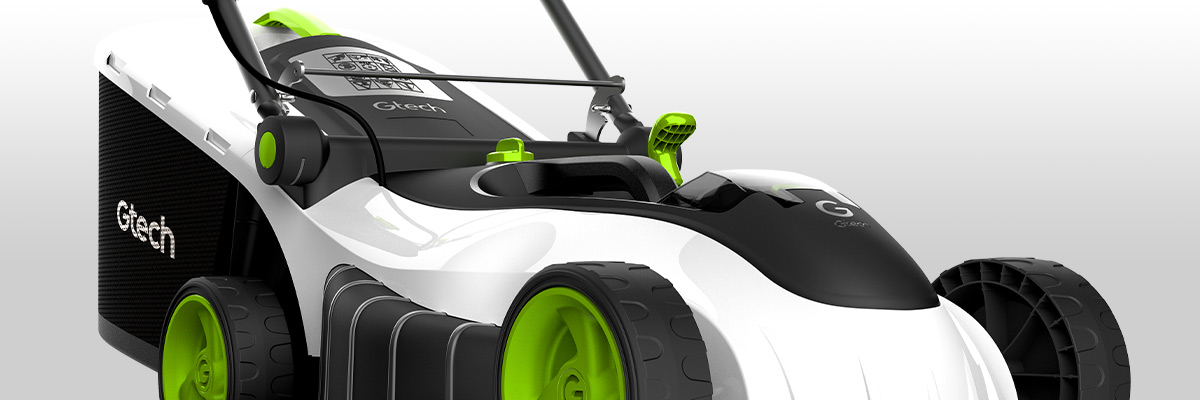What hedge trimming equipment do I need?
From light bush trimming to the more drastic hedge removal, you’re going to need different garden tools to get each job done properly. So, before we get into the best time to cut hedges and how to cut your hedge, let’s look at the hedge trimming tools we recommend, guaranteeing you the best results first time:
- Secateurs: also known as pruning shears, secateurs are basically scissors you use in the garden. They are ideal for the little hedge cutting and bush trimming tasks, taking just a bit off to smarten them up. Secateurs are perfect for branches up to 2cm thick.
- Loppers: loppers are essentially long handled secateurs, but capable of tackling thicker branches. The longer the handles, the less effort you have to put in yourself. Use loppers for any branches up to around 5cm in diameter.
- Curved saw: for thicker branches, use a saw with a curved blade. For best results, do long, slow strokes – making use of the whole blade. Even the thickest branches won’t stand a chance.
- Shears: think of your shears as a bigger version of scissors, great for the more intensive hedge cutting task, like cutting back overgrown hedges.
- Hedge trimmers: unlike the other tools, hedge trimmers are devices designed to make hedge trimming easy. Their steel blades are powered by electricity, petrol, or battery, making them perfect for tidying up your largest hedges and bushes.
How to trim hedges and bushes
With the proper hedge trimming tools sorted, it’s time to take a look at how to best to tackle your bush trimming tasks. There are a few different ways to cut a bush or hedge, each requiring specific methods and top tips. However, there is some general advice we’d like to share first, to make sure you and the environment are safe as you complete your hedge trimming task.
1. Always check for neighbouring wildlife. It is a criminal offence to intentionally damage or destroy a nest, so keep a keen eye out before embarking on any bush trimming or pruning. You can read more about this in our blog post on hedge laws.
2. To maintain your shrubs, lay down a mild feeding of compost or slow-release fertiliser before new growth begins.
3. Whether you’re using shears, hedge trimmers or both, you should keep your tools sharp and well-lubricated. Leaving them untended could result in a dull blade and frayed finish.
TOP TIP: Struggling to keep a straight line? Simply attach a string to two wooden stakes. Drive them into the ground at either end of the hedgerow to give yourself clear boundary lines.
How to trim informal bushes
Informal hedges are allowed to take a more natural shape, meaning you don’t need to prune them as often. To keep an informal hedge’s shape, make sure you prune it after it has flowered to encourage regrowth. And while these hedges should only be trimmed once a year, it is safe to leave them longer if you prefer.
In fact, by leaving it longer between hedge trimmings, you can add to the more casual style. And finally, you’re best off using hand tools rather than a hedge trimmer, as you don’t need to take as much off an informal bush as you would with a formal hedge.
How to trim formal bushes
Formal hedges are characterised by a very neat and compact shape with tightly clipped edges. Since they have a tidy appearance, they require more regular clipping to maintain their polished look. When trimming formal hedges, it can be easier to use a hedge trimmer - but in terms of how much to trim from your hedge, it all comes down to your preference. If hedges mark boundaries between neighbours, then you might want to keep them longer, but feel free to cut them shorter if that suits you better.
Generally, formal hedges are best trimmed into a tapered shape where the base is bigger than the top half of the structure. This is called cutting the hedge to a batter, and it enables light to penetrate through to the lower branches of a hedge and gives it a fuller appearance too. But whatever size you chose, always start by trimming the top of your hedge to make it flat, before moving onto the side and the base. Cut alongside the edge of your hedge, making sure the bottom is slightly bigger than the top for that tapered shape.
How to trim tall and overgrown hedges
Hedge trimming can be made difficult when you are dealing with tall or overgrown hedges, but there is an easy way to go about it. We recommend starting with the sides of the hedge first and working your way to the top. Cut flat along the tops of hedges up to 10ft tall, using the adjustable cutting head on our HT50 Hedge Trimmer. The head rotates through 135°, putting you in control of cutting the top of the hedge. The precision blade on our trimmer can cut through stems up to 15mm thick, making short work of overgrown branches.
How to trim hedges with electric trimmers
While precise hedge cutting with electric trimmers might look challenging, it only takes a little know-how to finesse your technique. If you’re new to hedge trimming, the first thing you should learn is how to hold your tool correctly. For hedge trimmers, the golden rule is to always keep the blade parallel to the hedge. This ensures a clean, evenly shaped cut. You can also make the job easier on your arms by using wide, sweeping actions. You’ll want to cut the bottom wider than the top - don’t worry, this won’t make your hedge look uneven.
In fact, if you cut your hedge completely even, your top branches will eventually hang over the lower branches, leaving them in the shade (and we all know what happens when plants don’t get enough sunlight!). Lastly, always wear appropriate clothing when hedge or bush trimming with electric trimmers. Proper gardening accessories like thick gardening gloves and safety goggles are advised, and always wear non-slip footwear.
When can I cut my hedge?
There isn’t really a specific hedge cutting season, rather it’s best to cut hedges when they need it. However, you may want to cut your formal hedges at least twice a year. Typically, the best time to cut a formal hedge is once in the spring or early summer, and again in the autumn to prepare for the winter.
However, informal hedges won’t need doing as often, so give them a tidy-up in July or August. It’s best to avoid hedge cutting or bush trimming in rainy weather, especially if you are using electric hedge trimmers. Always take on these tasks in dry weather, preferably when it’s not too hot as well to avoid exhaustion.
When to cut a beech hedge?
While there is no real hedge cutting season for informal and formal hedges, there is a best time to cut a beech hedge. Ideally, you want to cut a beech hedge in late summer, around August time is usually best. That’s because cutting a beech hedge at that time of year helps leaf retention in the winter – keeping your beech hedge full and healthy all year round!
Now you know how to trim a hedge, you might be looking for more gardening top tips like how to make your own compost or how to use a leaf blower with ease. For all your gardening needs, head over to our blog. Or, if you’re looking for the right tools for the job, explore our cordless hedge trimmers collection.





